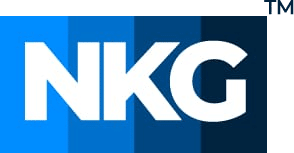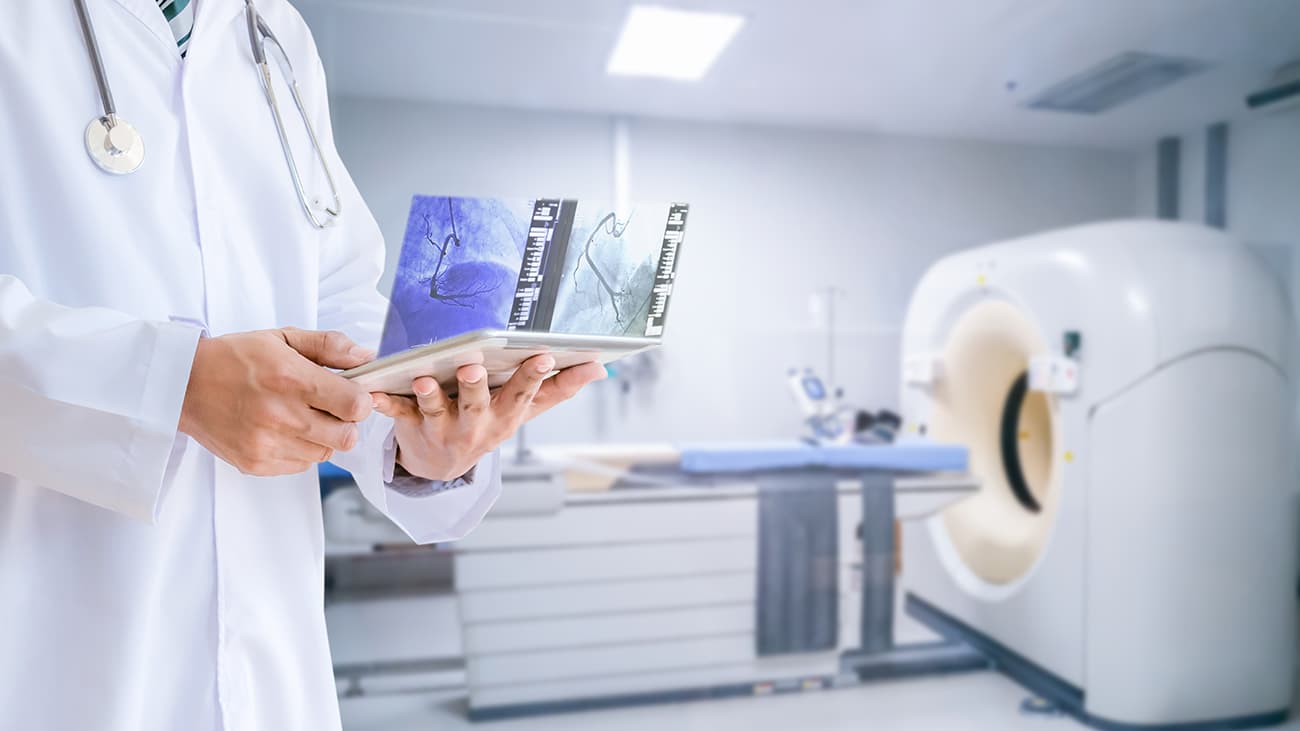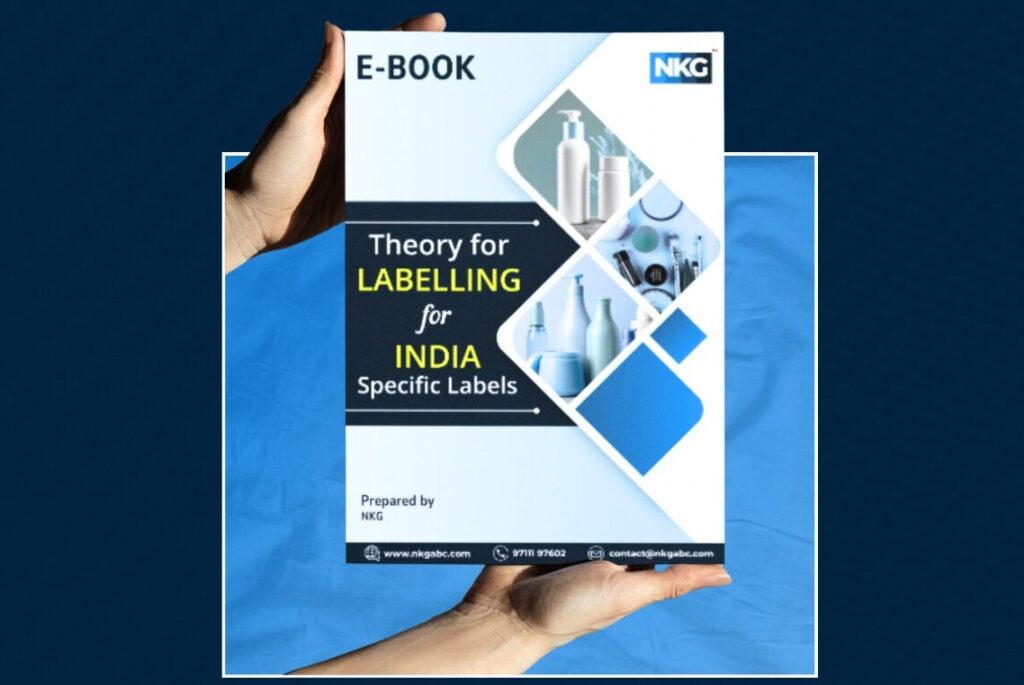On 15th OCT 2022, the Central Drug Standard Control Organization (CDSCO) issued a notice GSR 777 that stated the registration process to manufacture or import Non-Sterile, Non-measuring Class A medical devices in India. The CDSCO will add new chapter 3B in the Medical Device Rule, 2017, explaining the registration process. Class A Non-sterile non-measuring medical devices will require registration but the documentation has been reduced. CDSCO is the regulatory body of India that regulates the medical device rules and regulations and gives registration licenses to deserving applicants. The main aim of the CDSCO is to make medical devices as safe as possible for the intended population, as it directly impacts people’s health.
Class A medical devices are low-risk devices that have almost no risk. Till now, the manufacturer of a Class A medical device first revives the license and then notifies the body to audit the site. After the medical device comes under Class A non-sterile non-measuring device, the manufacturer can self-certify the process, which will fasten the process for the manufacturer and take the burden away from notified bodies.
There are a few medical devices that belong to Class A non-sterile and non-measuring class, which are explained below:
- Walking stick –A walking stick is also called a walking cane and is used to help the patients to ease walking, provide stability to the posture while walking, or assist in maintaining good posture.
- Sling – A sling is a medical device that helps by supporting and keeping still the injured body part. It can be used for different injuries but is mostly used when someone fractures or dislocate their arm, elbow, or shoulder.
- Crutch – A crutch is a medical device that helps in walking by increasing the size of the base support of the individual. The weight is transferred to the upper body from the legs while using a crutch. It is mostly used by people who cannot use their legs due to birth effects or injury.
- Scalpel – A scalpel is a small but extremely sharp medical device mostly used in surgery. Scalpels can be either reusable or single-use. In reusable scalpels, the blades are permanently attached that can be sharpened or are either single-use blades.
- Otoscope – An otoscope is a medical device to look into the ears. It is mostly used by doctors who treat ears related disease as it helps them screen the illness during check-ups and helps them catch the patient’s problem.
- Eye chart – An eye chart is a medical device doctors use to check patients’ visual accuracy and vision impairment. The Snellen chart is the commonly used eye chart. The eye chart helps the doctors determine the patient’s eye-sight but does not give any information on glaucoma, retinal issues, etc.
- Wheelchair – A wheelchair is a medical device seen as a movable chair with wheels that can be controlled manually or electronically. It is mostly used by patients who have lost their walking capacity permanently or for some time due to any medical condition or injury.
- An eyeglass – Eyeglass is a medical device worn by patients to correct their eye-sights who suffer from myopia, hyper myopia, presbyopia, and astigmatism. It helps the patient to correct their vision and allows them to see things more clearly.
- Surgical scissors – Surgical scissors are medical devices mainly manufactured to help surgeons in surgery. Surgical instruments are primarily used to cut sutures and dressings and dissect biological tissues.
- Surgical gauge – Surgical gauge is a medical device mainly used to cover injuries as it can absorb the blood and clean wounds. It is a non-reusable medical device and can only be used for small wounds.
- IV stand – Intravenous stand is a medical device mainly designed to handle the IV bags containing fluid or medicines needed to be administrated to the patients.
- Roll bandage – Roll bandages support the injured limbs and swellings. They can maintain pressure on the wound and hold the dressings in place, especially at ankles, knees, wrists, or elbows.
- Hand-carried stretcher – Intended to carry the patient as an assistant in case of injury or disability.
- Manual-wheeled stretcher – Intended to transfer the patient into a horizontal position as an assistant in case of injury or disability.
- Microscope – A microscope is a device used to view objects that are too small and cannot be observed with the naked eye.Class A Microscope: A surgical microscope and accessories is an AC-powered device intended for use during surgery to provide a magnified view of the surgical field.
The registration process to manufacture or import Class A non-sterile non-measuring medical devices in India – These medical devices are exempted from the requirement of manufacturing and import license (Form MD-15); however other document requirements remain the same.
Step 1: Classify if the device falls under Class A nonsterile non-measuring medical device.
Step 2: If yes, the applicant must register their device from the “add non-regulatory device” section in the SUGAM portal.
Step 3: The applicant needs to select the purpose, i.e., whether they are the importer or the manufacturer.
Step 4 – Then applicant needs to upload the documents as per their category
For manufacturer | For Importer |
Name and address of the manufacturer | Name and address of the importer and manufacturing site. |
Details of Class A medical device that comes under the non-sterile and non-measuring class | Details of Class A medical device that comes under the non-sterile and non-measuring class |
An undertaking from the manufacturer confirming that the device belongs to a Class A non-sterile and non-measuring medical device. | An undertaking from the importer confirming that the device belongs to a Class A non-sterile and non-measuring medical device. |
The self-certificate from the manufacturer to confirm that the product complies with the essential principles and standards specified in rule GSR 777. | The self-certificate from the importer to confirm that the product complies with the essential principles and standards specified in rule GSR 777. |
An undertaking from manufacturing stating that the details mentioned by the manufacturer are authentic | Self-attested copy of the manufacturing site situated overseas in the origin country issued by the competent authority or Free Sale Certificate issued by the National Regulatory Authority. |
| An undertaking from the importer stating that the details mentioned by the manufacturer are authentic |
Step 5: After uploading the documents, a “Registration number” will be generated that needs to be added to the label for sale in the Indian market.
The applicant shall maintain the manufacturing or import records along with its sale and distribution. When requested by the licensing authority, the applicant needs to provide the records for verification failure, which can lead to the cancellation of the license to sell Class A non-sterile non-measuring medical devices.
Download Checklist of Documents Required for Registration of Medical Devices with CDSCO
These comprehensive set of checklists are designed to help streamline the registration process and ensure that you have all the necessary documentation in place.







